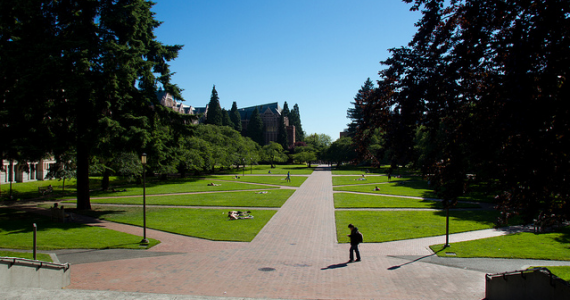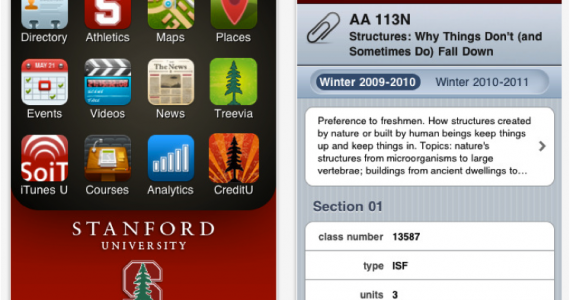This is a partial checklist of what colleges should to be doing to be ahead of the game:
1. Articulation — Is your college negotiating agreements with community colleges, other institutions with similar missions and programs as yours, and some for-profit providers? If not, it’s time to start.
2. Course availability — Are courses available from multiple entry points, such as online and in-person, at remote sites, and on e-devices such as cellphones and iPads? You can’t be afraid to experiment with this.
3. Part-time students — Are all of your services and people devoted to the needs of your full-time students? Or, are you offering special services, accommodation, and attention to part-timers? They will make up the fastest-growing percentage of new students. Show them you care.
4. Adult Students — Related to the last point. The greatest growth in your students is not going to be in 18-22 year-olds but in students in their 30s and older. What are you doing that makes them feel more welcome and comfortable?
5. Enrollment base — Is your budget based on tuition from full-time students? Realize that they will become fewer in number, and the budget is going to have to work in course-by-course students, drop-in students, etc.
6. Degrees — Are you trying to offer every degree program yourself? Are you going to focus on what you do better than anyone else, and then find partnerships that cover other programs?
7. The finish line — It isn’t enough to get students in the door. Your college needs to figure out how to get them to finish their degrees. An estimated 37 million Americans have some college credit for no college degree. They need you to get better opportunities for themselves. Find them, and show them how you can help.
8. Blended studies — Higher education has been defined for too long by studies in specific disciplines when research, culture and particularly the working world are looking for connections between the disciplines. Look for ways to blend your curriculums and come up with new programs of study that combine them.
9. Give credit where credit is due. A growing trend in higher education is to give credit for life experience. Witness the growth of Western Governors University, where this concept is key. Is your college developing tests to measure the aptitudes and skills of your students? You’ll burn them out if you force them to relearn things they already know.
10. Culture – This is the foundation of your institution and your greatest asset. Make sure to develop programs and create opportunities that cultivate a distinct culture. It is your brand. It’s what sets you apart. How you help it grow and strengthen will make a difference.






